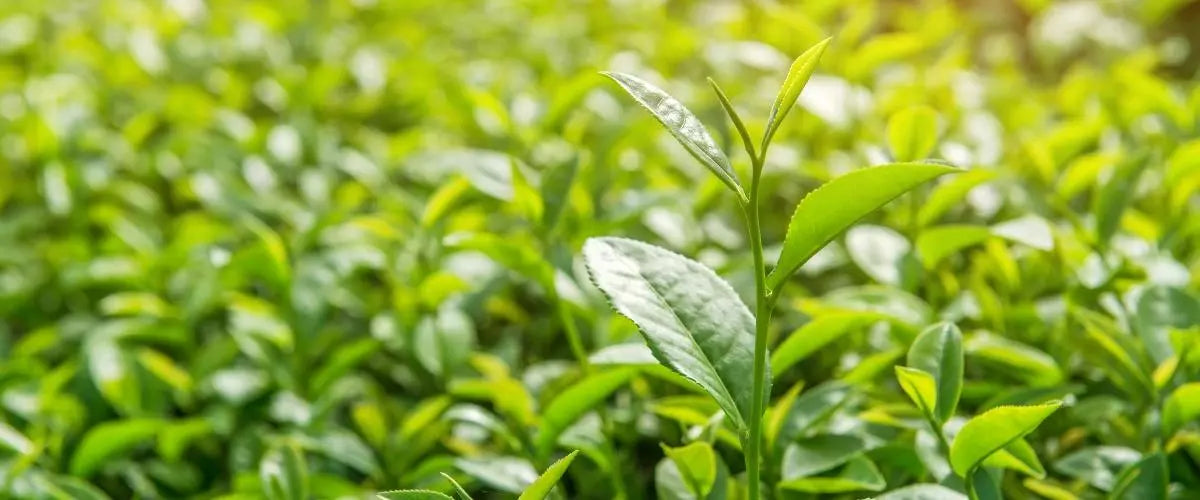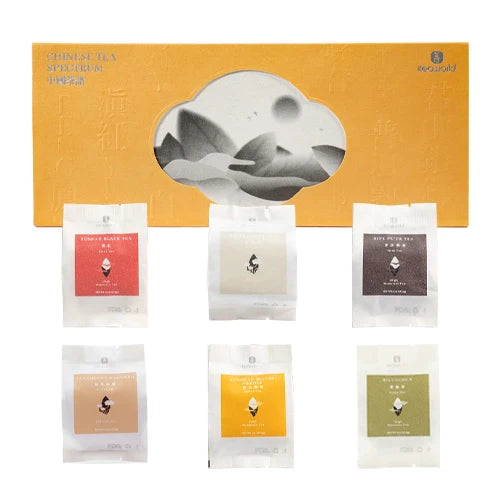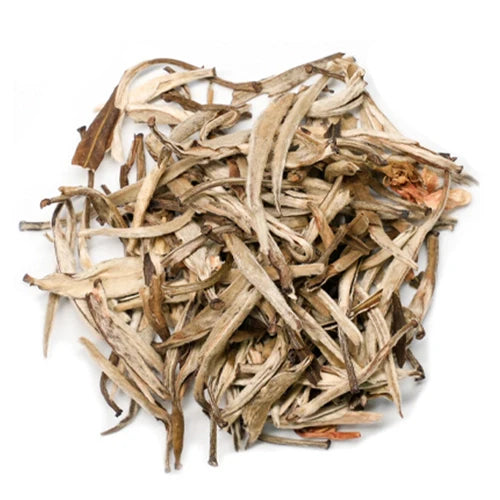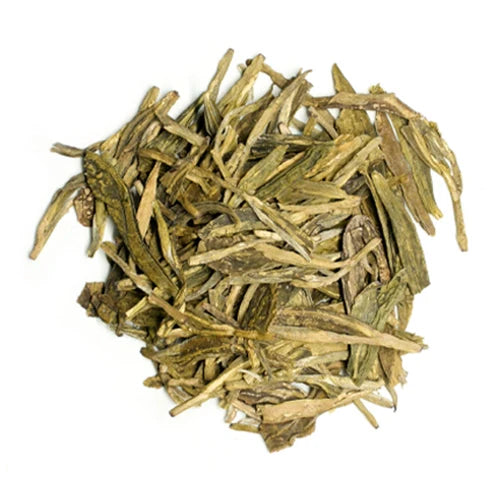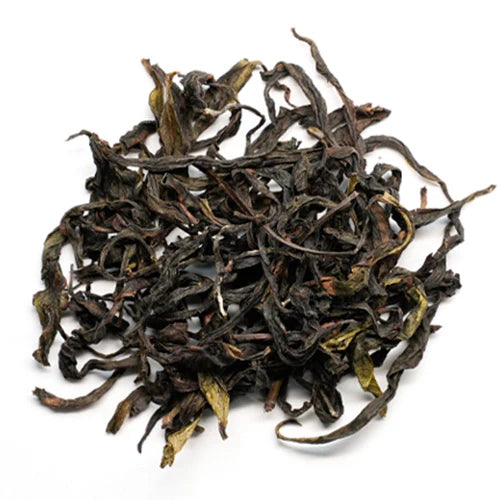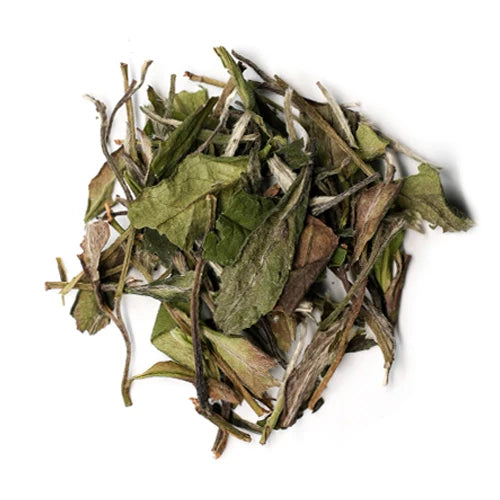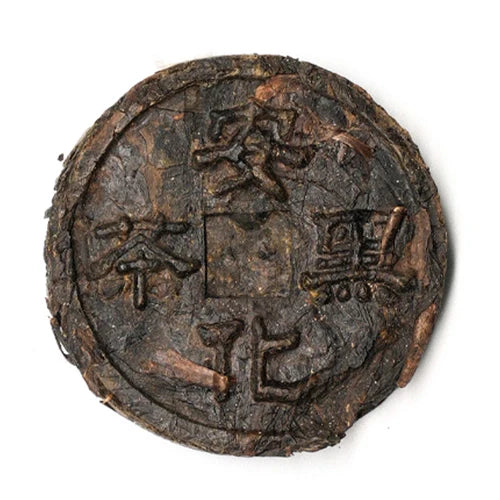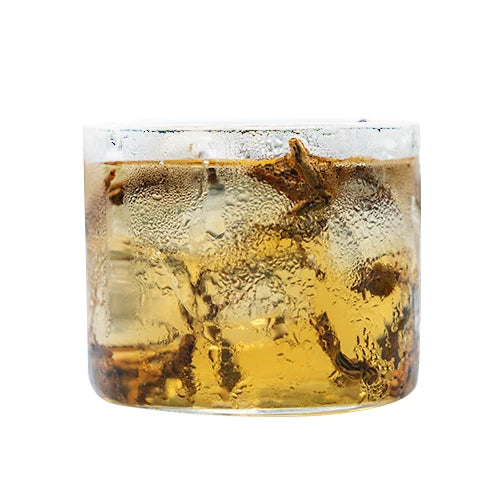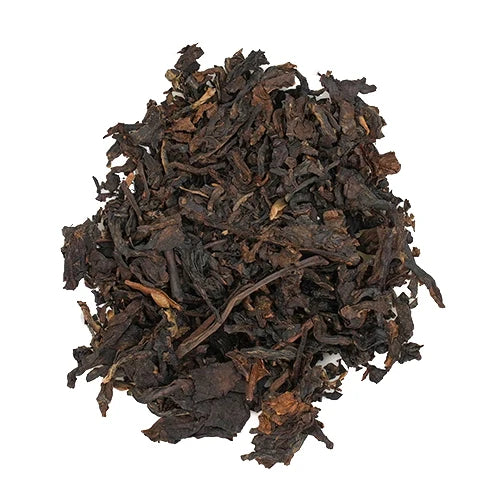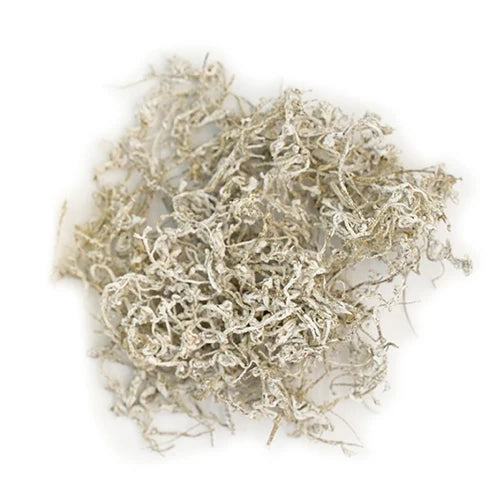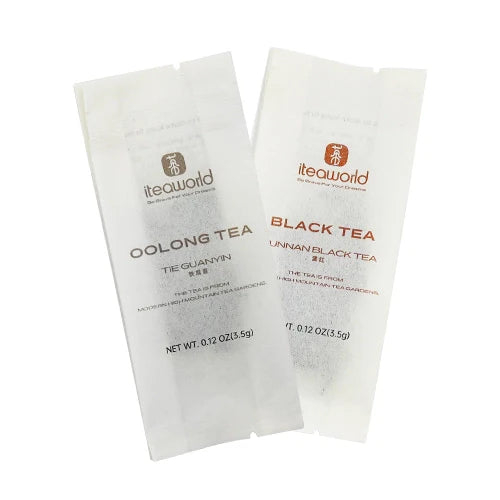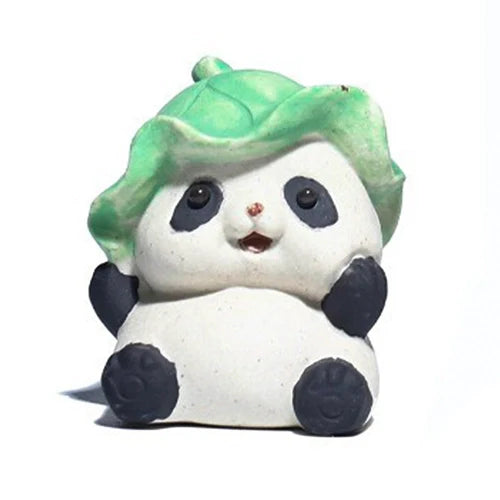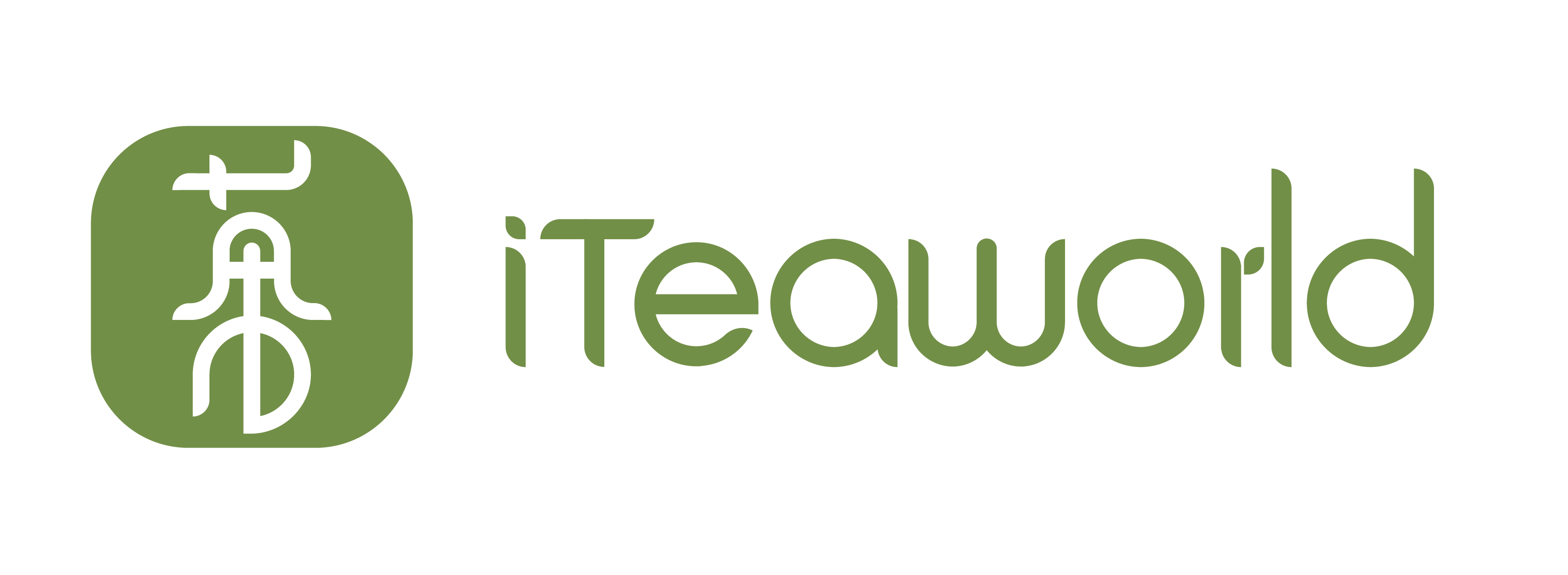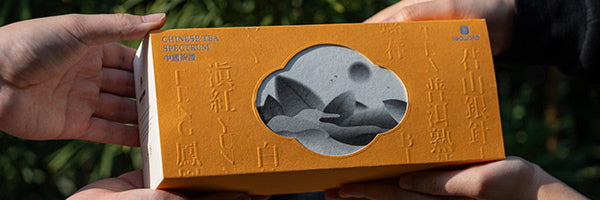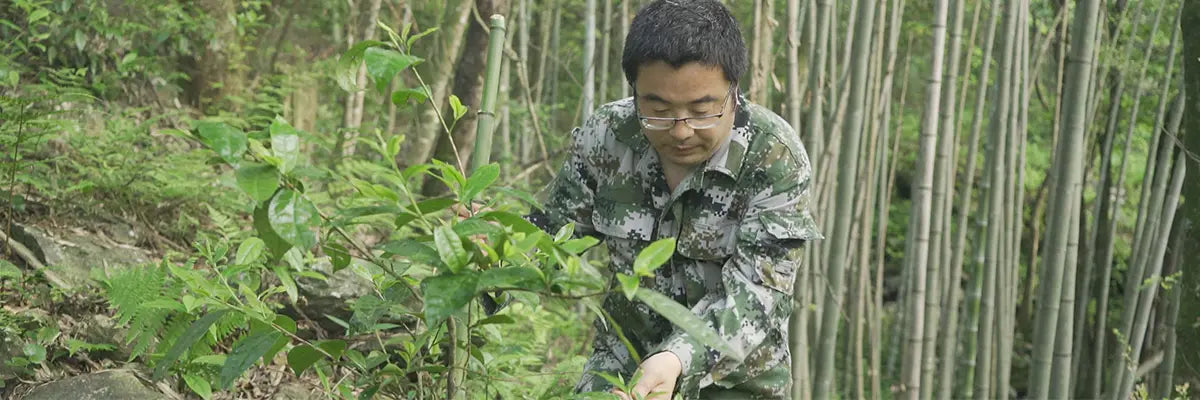Fenghuang Dancong Oolong tea is one of China’s most unique and beloved teas, often hailed as the “perfume of tea” for its extraordinary aromatic complexity.
However, the quality of Fenghuang Dancong can vary significantly depending on the region, elevation, age of the tea tree, and harvest season. Of these, region and elevation are the most decisive.
1. How Do Different Regions Affect Fenghuang Dancong?
- Core Region: Fenghuang Town, Guangdong
The most renowned Dancong teas come from Wudong Mountain in Fenghuang Town, Guangdong Province. Generally, the higher the altitude and the older the tree, the better the tea.
- Fenghuang Town is broadly categorized into the following regions:
Top-tier Region (elevation 1000 m+):
Rich in ancient trees, especially those over 70 years old, this area produces the finest teas. Produces rare and luxurious tea trees like Song Zhong No.1 and Lao Xianweng.
Key villages: Wudong Village, Liziping, Zhongxindong.
High-quality Region (elevation 600–1000m):
Fenghuang Dancong from this area delivers both a bold fragrance and a rich, satisfying mouthfeel, making it a standout choice for its price.
Popular varieties include Mi Lan Xiang and Ba Xian.
Key villages: Da'an, Fengxi, Danhu.
Normal Region (below 500m):
These teas tend to have a strong aroma but simpler layers of flavor, making them ideal for everyday drinking.
- Other Region: Lingtou Dancong from Raoping
Originally called “Lingtou White Leaf,” Lingtou Dancong was introduced from Fenghuang varieties in 1963. It shares a common heritage and processing methods, with a flavor profile dominated by honey sweetness and orchid fragrance.
A budget-friendly choice for beginners looking to explore the classic Mi Lan Xiang.
Key differences from Fenghuang Dancong:
Lower elevation;
Commonly roasted using electric heating at lower temperatures (~80°C);
More direct aroma, lighter flavor, less endurance across brews;
Main growing areas:
High mountain zone (Shuangjinang Mountain, 1032m): Similar terroir to Wudong Mountain; high quality.
Mid-to-low-altitude zones (400–600m), such as Kunlongzi Mountain, are slightly inferior in flavor but more affordable.
Ya Shi Xiang Oolong Comparison Set: Low to High Mountain 60g
2. How Does Tree Age Impact Fenghuang Dancong?
Tree age significantly affects the tea’s flavor, quality, and overall value.
- Ancient Trees (70+ years)
Flavor: Distinct woody aroma, rich body, with the signature "cong yun", and long-lasting sweetness (such as Song Zhong, Lao Xianweng).
Composition: High amino acid content (enhancing sweetness), low in polyphenols (less bitterness), and high extractable content (over 15 infusions possible).

- Old Trees (About 50 years)
Flavor: Harmonious blend of floral and honey notes. (such as Ba Xian, Mi Lan Xiang). Delivering a bright, energetic character with nuanced complexity.
Composition: Harmonious ratio of polyphenols and amino acids, with a refreshing taste.

- Young Trees (<30 years)
Flavor: Strong initial aroma that fades quickly, noticeable astringency, suitable for 5–8 infusions.
3. How Do Seasons Affect Fenghuang Dancong?
Fenghuang Dancong is picked in all four seasons, but the flavor changes dramatically with the climate.
- Spring (March–May):
Characteristics: Thick, tender buds; high amino acids; fresh, full-bodied liquor; elegant aroma with "cong yun"; over 10 infusions; highest quality.
- Summer (June–July):
Characteristics: Rapid growth due to heat; high polyphenols; bitter taste, light aroma, coarse leaves. Mostly used for tea bags or export.
- Autumn (August–October):
Dry weather boosts floral and fruity aromas (such as Ya Shi Xiang).
Light body, great for cold brews or fragrance lovers.
- Winter (November–December):
Grown in mid/low altitude areas like Qipan and Dongchang.
Cold, windy climates slow leaf growth and make leaves thicker.
Rich in aromatic compounds, low bitterness.
Ideal for aroma lovers, though it lacks spring’s “mountain charm”.
4. How Many Aroma Types Does Fenghuang Dancong Have?
Praised as the “perfume of tea,” Fenghuang Dancong is harvested from individual trees, with a diversity of natural fragrances. According to Chaozhou Fenghuang Tea Tree Resource Records, the tea boasts:
79 floral aromas (such as Gardenia aroma, Orchid aroma)
12 fruity aromas (such as Peach aroma, Snow Pear aroma)
16 other fresh aromas (such as Almond aroma, Jianghua arom
These aromas result from genetic variation, microclimates, and skilled processing, creating a unique “one tree, one aroma” legacy.





